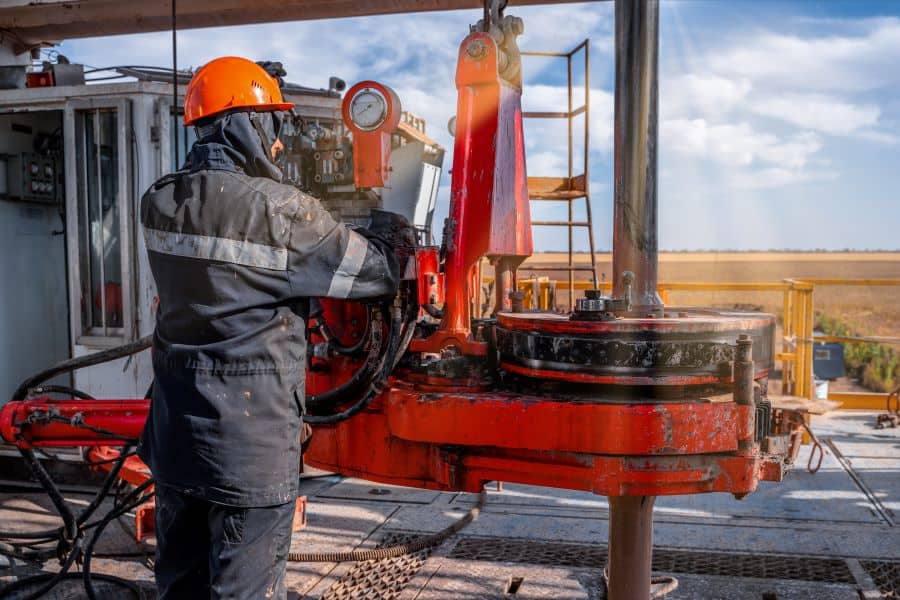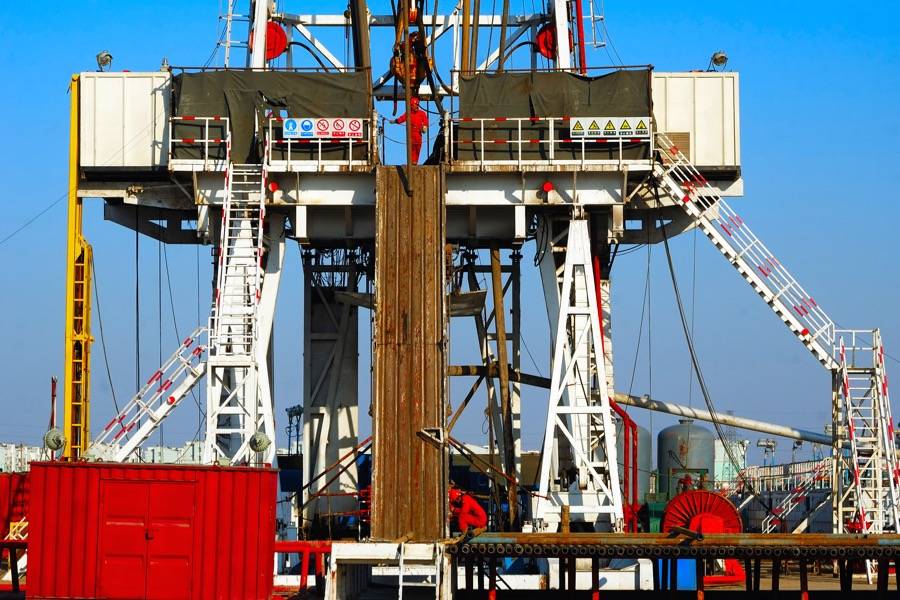Introduction:
The drillers knowledgebase is a questions and answers area for the drilling community to learn and share knowledge and experience. This particular question has been moved from the old drillers.com website and the answers are displayed in the body of the article. If you have a further comment then feel free to add it in the comments section at the bottom of the page. If you want to ask a new question then there is a question entry box further down.
QUESTION:
I’m interested to know what perforating methods are most commonly used.
(Question asked by Susan Barrie)
ANSWER:
Wireline perforating is most common; the well can be perforated after nippling up the Xmas tree. Underbalance to backsurge and clean up the perforation tunnels is achieved by using coiled tubing to displace out fluid from the tubing. The disadvantages include the limit on the size of the guns to an OD that will pass through the tubing, and the maximum weight (length) of the gun assembly per run. Due to the small size of the charge, the guns must be held against the casing wall for sufficient penetration; this restricts the gun to 0° phasing, which reduces productivity compared to 90° phasing. The restricted gun size may also give below optimum perforation depth.
The restriction due to production tubing ID may be overcome, to an extent, by using pivot guns. These have the perforating charge set in a cylinder held in a carrier and run aligned downwards. Before firing the charges are pivoted 90°. However this still restricts the perforations to 0° phasing.
Wireline guns are also used at the precompletion stage when underbalanced perforating is not required. This allows the use of larger diameter guns and deeper perforations. If the well is to be gravel packed, the use of wireline guns would require the perforations to be washed with additional rig time and expense. If the washing operation could cause communication with other reservoirs nearby, then TCG should be used instead.
(Answered by Steve Devereux)
Submit your question to be published on my-spread.com
If you have a technical question, you ought to head over to our drilling specialists nirvana, my-spread.com. It is a free-to-join forum with around 2000 members including some of the most knowledgeable engineers and geologists in the world. Most, if not all major oil and service companies are represented there.
(Or scroll down to add an answer or read further comments and answers)









Thanks for explaining what wireline perforating methods are usually used. I didn’t know that there are wireline guns that could be used in the precompletion stage. You mentioned they are usually used when underblanaced perforating isn’t required and I’m interested to learn if there are other situations where it would be ideal to use it.
The article explains wireline perforation really well. Was following an organization that also specializes in perforating guns. Click here to know more https://huntandhunt.com/perforating-gun-manufacturing-services/